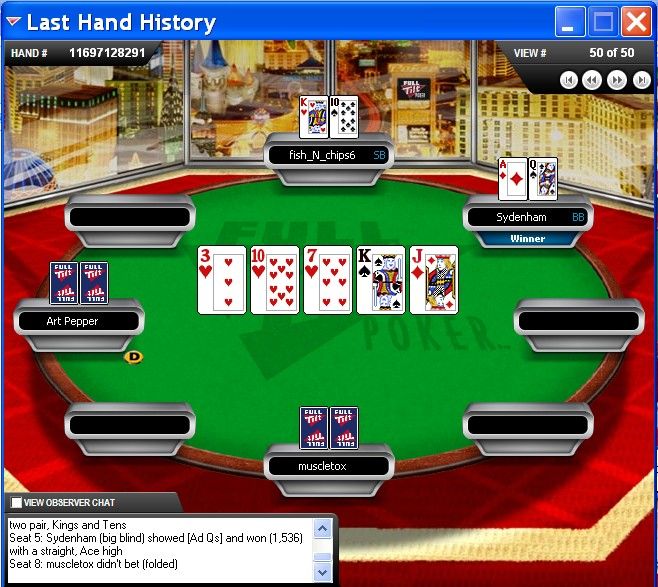
The sad saga of Full Tilt Poker drags on and on; although there is still a glimmer of hope for its resurrection, most realists accept that it is in effect dead and buried.

Although pundits and players continue to talk about Full Tilt Poker in the present tense, the company is effectively dead. A typical headline yesterday read Full Tilt Poker May Reapply for AGCC License, which is a bit like saying the Pope may join Al-Qaeda. The simple fact is that since Black Friday when the Department of Justice and FBI seized its domain, there has been no action on its tables. The site is now “back”, ie it can be viewed, but that is as far as it goes.
For the background to the seizure, see here and here. PokerStars and the other big sites are now operating to all intents and purposes as profitably as they ever were, bar the massive American market, but Full Tilt has gone down the tubes; for some reason, the powers-that-be seemed to really have it in for the site. The propaganda being peddled by the DOJ in particular is that Full Tilt is or was a Ponzi scheme. This is absolute piffle. The Federal Reserve system is a Ponzi scheme; the world banking cartel is a Ponzi scheme, but Full Tilt was a legitimate money making enterprise.
For a slightly more detailed explanation of how a poker site works, the reader is referred to Gordon Brown’s Poker Lesson, but very briefly, there are two ways to play poker: cash games and tournaments. With a tournament there is a buy-in and a registration fee. Typically, the registration fee is one tenth of the buy-in, and this goes to the house. The buy-in goes into the prize pool, so 1000 people entering a tournament with a $10 buy-in and $1 registration fee will generate $11,000 of which $10,000 will go back to the players (eg $400 for first place; $200 for second...$25 for 90th to 100th places) and $1000 to the house.
In cash games, players use real money, and the house takes a “rake” out of each pot, usually 5% capped at $3. A $20 pot will see $19 go to the winner of the hand, and $1 to the house. A $60 pot will see $57 go to the winner and $3 to the house. A $1,000 pot will see $997 go to the winner of the hand, and $3 to the house. For those who play at silly stakes where there can be $10,000 or considerably more in a pot, the rake is a very tiny although cumulative amount to pay.
The poker site actually takes no part in the game. If you were running a poker tournament in your local church hall, heaven forbid, you would expect to be paid for your services; even if you were volunteering, you would still have overheads to pay. This is the sole function of a poker site. It may be of course that a poker site can be defrauded, like any other business, but the legal authorities have to date adduced no credible evidence that Full Tilt has ripped off anyone, least of all its players.
That being said, any innocent person who has been dragged through the courts will confirm that at the end of the day, justice is seldom done. There will always be the innuendo of no smoke without fire, and failing that, legal fees to pay. For Full Tilt though, the biggest factor is undoubtedly that it has now been in the doldrums for a full six months, and if a week is a long time in politics, half a year is a lifetime in gambling.
[The above article was published originally October 14, 2011.]
Back To Digital Journal Index